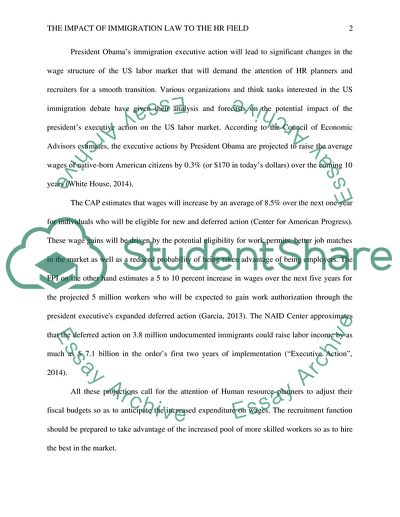Cite this document
(“The Impact of Immigration Law to the HR Field Research Paper”, n.d.)
The Impact of Immigration Law to the HR Field Research Paper. Retrieved from https://studentshare.org/law/1689848-the-impact-of-immigration-law-to-the-hr-field
The Impact of Immigration Law to the HR Field Research Paper. Retrieved from https://studentshare.org/law/1689848-the-impact-of-immigration-law-to-the-hr-field
(The Impact of Immigration Law to the HR Field Research Paper)
The Impact of Immigration Law to the HR Field Research Paper. https://studentshare.org/law/1689848-the-impact-of-immigration-law-to-the-hr-field.
The Impact of Immigration Law to the HR Field Research Paper. https://studentshare.org/law/1689848-the-impact-of-immigration-law-to-the-hr-field.
“The Impact of Immigration Law to the HR Field Research Paper”, n.d. https://studentshare.org/law/1689848-the-impact-of-immigration-law-to-the-hr-field.


